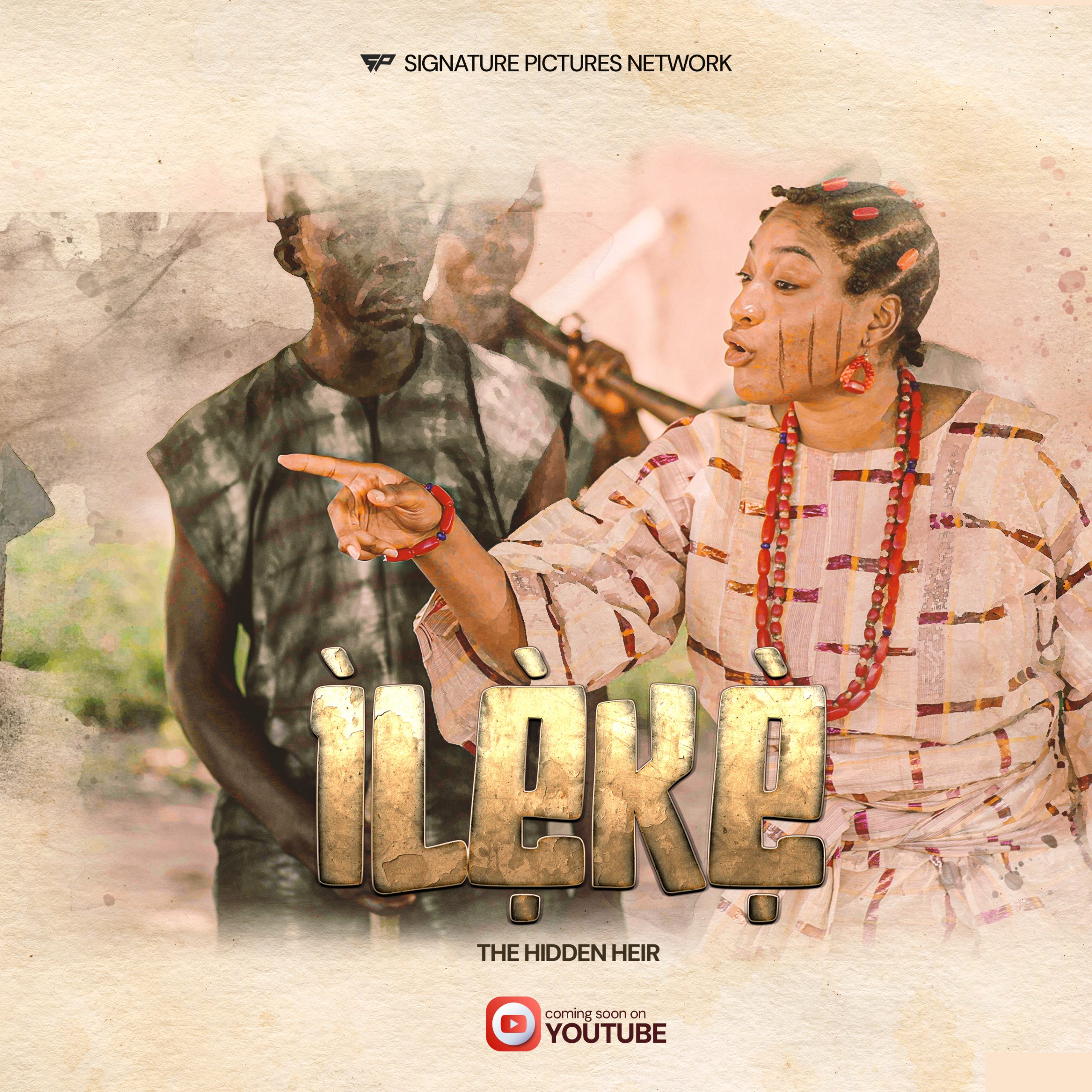sInce the vast world of storytelling, few entities manage to capture the imagination, evoke deep emotions, and resonate across diverse audiences like the practice of Ileke storytelling. Rooted in rich cultural traditions, Ileke storytelling has evolved into a dynamic form of art that blends history, folklore, personal narratives, and universal themes. Its unique ability to convey complex ideas through vivid imagery, symbolism, and the power of the spoken word has made it a distinctive voice in the global storytelling arena. This blog post will explore the storytelling quality of Ileke, highlighting its origins, significance, and contemporary influence on modern-day narratives.
The Origins of Ileke Storytelling
Ileke storytelling has its origins in the rich cultural traditions of the African continent, particularly within West African communities. The term “Ileke” itself carries a deep cultural significance, often referring to something precious or meaningful, such as an artifact, a talisman, or a symbolic item. It is no surprise, then, that Ileke storytelling embodies a sense of value, heritage, and respect for tradition. At its core, Ileke storytelling is not just about recounting events or narrating tales; it is about preserving history, passing on wisdom, and celebrating the vibrant essence of cultural identity.
The art of storytelling in these cultures was traditionally passed down orally. Storytellers, often revered as keepers of wisdom, were responsible for communicating the values, beliefs, and customs of the community. They would gather people around, weaving narratives that could entertain, educate, and instruct, with each story offering a unique lesson. Whether it was through legends, fables, or folktales, the storytelling tradition preserved the collective memory of a people and their culture.
In Ileke storytelling, stories were shared in a way that transcended mere entertainment. These narratives were often infused with deeper meanings and symbols that reflected societal values, spiritual beliefs, and the natural world. The stories could be cautionary tales, moral lessons, or explanations of natural phenomena. They were designed not only to entertain but also to foster social cohesion and educate younger generations about their heritage.
The Key Elements of Ileke Storytelling
Ileke storytelling is marked by several key elements that distinguish it from other forms of narrative art. These elements combine to create a storytelling experience that is immersive, thought-provoking, and emotionally compelling. Below are the core components that define the storytelling quality of Ileke:
1. Oral Tradition and Performance
At the heart of Ileke storytelling is the oral tradition, which has been central to the transmission of knowledge in many African cultures. Storytellers, known by various titles such as griots, bards, or oral historians, would perform stories aloud, often in front of an audience. These performances were dynamic and interactive, with the storyteller engaging listeners through voice modulation, gestures, facial expressions, and even music. The role of the audience was equally important, as they would often react to the story, prompting the storyteller to adapt or embellish the narrative.
In Ileke storytelling, the performance aspect is key. The storyteller’s ability to infuse energy, rhythm, and dramatic flair into their delivery is a hallmark of the tradition. The use of vocal variety—shifts in pitch, tone, and pace—helps create an engaging atmosphere, building suspense, humor, or drama as needed. Music, often in the form of drumming, clapping, or chanting, may accompany the story, further enhancing the sensory experience.
2. Symbolism and Metaphor
Ileke storytelling is rich in symbolism and metaphor, often using these literary devices to convey deeper meanings. The stories are layered with symbols that represent broader themes such as legacy, revelation, love, justice, and the human condition. For example, animals, natural elements, or everyday objects may symbolize abstract concepts, offering lessons that transcend the literal meaning of the story.
The use of metaphor in Ileke storytelling allows for complex ideas to be communicated in a way that is accessible to all, regardless of age or education. Through metaphor, abstract ideas are made tangible, and moral lessons are conveyed through vivid imagery.
3. Community Engagement
Unlike many forms of modern storytelling, which are often solitary experiences, Ileke storytelling is deeply rooted in community engagement. Stories are not just told for entertainment; they are a communal activity that fosters connection, dialogue, and shared experiences. Whether performed around a campfire, in a village square, or at family gatherings, the act of storytelling serves to bring people together, reinforcing social bonds and preserving cultural ties.
In many instances, the storyteller will directly engage the audience, inviting them to participate in the story by asking questions, offering their interpretations, or even acting out certain parts of the narrative. This interaction adds a layer of dynamism to the storytelling process, making it a collaborative experience. The audience’s involvement in the performance also strengthens the emotional impact of the story, as listeners become active participants rather than passive observers.
4. Universality of Themes
One of the reasons why Ileke storytelling has resonated across cultures is its focus on universal themes. While each story is unique to its cultural context, many of the themes explored in Ileke narratives are relevant across borders and time periods. Issues such as love, betrayal, heroism, justice, and the struggle between good and evil are common threads that run through these stories, making them timeless and relatable.
These universal themes are often explored through the lens of folklore and myth, where gods, spirits, and supernatural forces play prominent roles. Such stories serve not only as entertainment but as moral guides, offering insights into how to navigate life’s challenges and live harmoniously within the community.
5. Intergenerational Knowledge Sharing
Ileke storytelling is also a powerful tool for the transmission of knowledge between generations. It serves as an educational platform for younger members of the community, teaching them about their ancestors, their cultural values, and the lessons that have been passed down over time. Through storytelling, children and young adults gain a deeper understanding of their heritage, fostering a sense of pride and connection to their roots.
The wisdom embedded in these stories often includes practical advice for navigating life, as well as spiritual guidance that helps individuals make sense of the world around them. In this way, Ileke storytelling serves as a bridge between past, present, and future, ensuring that the knowledge and values of the ancestors are preserved for generations to come.
The Impact of Ileke Storytelling on Modern Narratives
Though Ileke storytelling has its origins in traditional oral cultures, its influence extends far beyond these communities. The storytelling quality of Ileke has made a profound impact on contemporary forms of storytelling, including literature, film, theater, and even digital media. Elements such as the use of metaphor, symbolism, and community engagement have found their way into modern narratives, enriching the storytelling landscape across genres.
In literature, authors who draw from African traditions often incorporate the storytelling techniques of Ileke, weaving rich tapestries of symbolism and metaphor into their works. The legacy of oral storytelling can be seen in the works of celebrated African writers such as Chinua Achebe, Wole Soyinka, and Ngũgĩ wa Thiong’o, who blend traditional oral forms with modern literary techniques.
In film and theater, directors and playwrights continue to explore themes and structures that are reminiscent of Ileke storytelling. The emphasis on performance, symbolism, and audience engagement has shaped the way stories are told on screen and on stage, with many filmmakers and performers seeking to evoke the communal experience of traditional storytelling.
The rise of digital media has also brought new opportunities for the Ileke storytelling tradition to thrive. Platforms such as YouTube, TikTok, and podcasts have created spaces for storytellers to share their narratives with global audiences, expanding the reach of these age-old traditions. Digital platforms have allowed young people to engage with Ileke storytelling in new and innovative ways, keeping the tradition alive while adapting it for modern sensibilities.
Challenges and Future of Ileke Storytelling
Despite its enduring legacy, Ileke storytelling faces challenges in the modern world. The decline of oral traditions, the dominance of digital media, and the increasing emphasis on individualism over community-based experiences have led to concerns about the preservation of traditional storytelling practices. Many younger generations may find it difficult to connect with the ancient art of storytelling, preferring faster-paced, visually-driven forms of entertainment.
However, there is hope for the future of Ileke storytelling. Cultural preservation efforts, education programs, and community initiatives are working to revitalize these traditions, ensuring that they are passed on to future generations. Furthermore, the adaptability of Ileke storytelling—its ability to evolve while staying rooted in its core values—ensures that it will remain a relevant and vibrant part of the global storytelling landscape.
Conclusion
Ileke storytelling quality is a testament to the power of narrative to preserve culture, share wisdom, and connect people across time and space. With its emphasis on oral tradition, symbolism, community engagement, and universal themes, Ileke storytelling continues to inspire and captivate audiences worldwide. As it evolves and adapts to the digital age, the essence of Ileke storytelling will undoubtedly remain a source of cultural richness, offering timeless lessons for generations to come.

